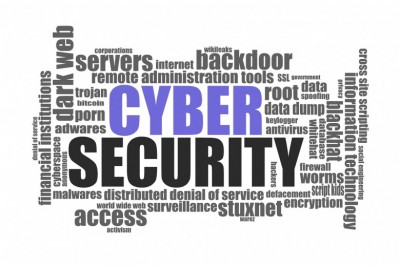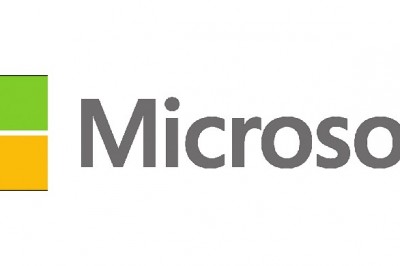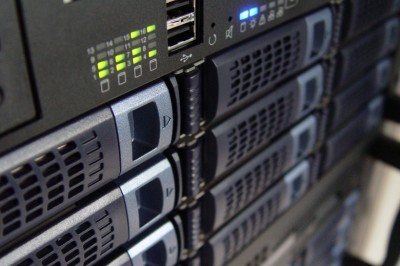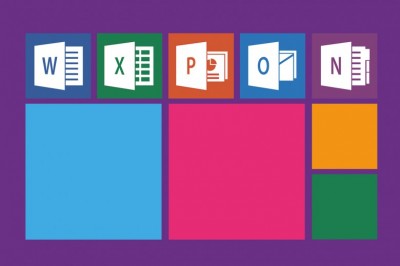What Kinds Of Problems Do Computer Viruses Cause?
Computer viruses are small pieces of software that spread from computer to computer, like a human "virus" or infection. They can corrupt data, delete files, start e-mail programs to spread themselves to your contacts or even wipe out an entire hard disk.
The term "computer virus" is not a catch-all for everything bad that can happen to your computer, and does not even include all the "malware" that can enter your system from the Internet. Such other troublemakers as Trojan horses, worms and spyware are different animals entirely, although some anti-virus programs and procedures may work against them, too. This article is specifically addressed to viruses.
A compute virus is most commonly (and easily) spread by e-mail attachments and IM (Instant Messaging) chat messages. It is a simple and wise rule not to open unexpected e-mail attachments, but viruses also come disguised as images, audio or video files, applications (.exe files) and electronic greeting cards. Indiscriminate downloading from the Internet can also spread viruses, and they are often hiding in pirated programs and other "swappable" files.
Symptoms of computer viruses
Whether you work on a Windows PC, a Macintosh or a Linux computer, you should always have an up-to-date antivirus program installed. Although Macs are somewhat less vulnerable because of their smaller market share, it is no longer true (if it ever was) that they are immune or not subject to virus attack.
The following indicators of virus infection can occur on most any operating system (OS), although the different interfaces and terms involved may differ somewhat. Apply the symptom description to your specific OS if it is written in terms for another OS.
Symptoms of computer viruses:
- You get strange sounds or music from your speakers unexpectedly, with volume controls often disabled.
- Programs disappear although you did not intentionally remove any. Conversely, programs appear although you did not install them.
- The computer crashes every few minutes. You may get the "blue screen of death" in Windows or a spinning beachball with the Mac before these occurrences.
- The computer runs slow, or slower than normal. It may take longer to boot up, longer to open folder/directories, longer to execute simple functions and so forth.
- The computer freezes, or "locks up" often. You may have to do an increasing number of Control-Alt-Delete commands (or, on the Mac, Force Quit commands).
- New antivirus programs cannot be installed, or when installed will not run.
- Strange and/or new icons appear on your desktop, or your OS advises you that the icons are not associated with any installed software.
- The computer shuts down, then restarts on its own.
- Applications installed on the computer do not work as they once did, or not at all.
- Disks or disk drives cannot be "read" by the OS.
- You cannot print, fax or e-mail items normally.
- You get a series of error messages, some of which may be indecipherable even to experts.
- Your screen is home to distorted menus and unreadable dialog boxes.
- You encounter double extensions on recently opened attachments, such as .pdf, .jpg, .vbs, .exe or .gif added to another, different extension.
- You discover that you antivirus program is disabled without your having done it. Sometimes the antivirus program will not restart and cannot even be reinstalled.
These are all common indicators of a virus infection, although they may be due to single or multiple hardware or software issues wholly unrelated to viruses. This is what makes troubleshooting so difficult at times. The proliferation of other "malicious software" in the form of Trojan horses, worms, etc., also compounds the problem, particularly for users who are not especially technically-oriented.
PC user can avail themselves of many tools, even free ones, to counter these infections. You should run the Microsoft Malicious Software Removal Tool and maintain a clean, current installation of industry-standard antivirus software. It is best to have more than one program, too. The ClamXAV and other freebies are available for the Mac, AVG Free is available for PCs, and Linux users, who are typically more advanced computer users, have access to a number of open source solutions.
You may discover that, after running removal and troubleshooting utilities, your problems persist. At least you will have eliminated viruses as a cause of the problem, and you can then move on to dealing with the other malware mentioned above, as well as determining if you have some hardware problems. If viruses are not the problem, there are other candidates, but it still true that most low-level problems are the result of these nasty little pieces of code. Now you know what to do!When you need online tech support fast, visit Fast Support Online and we can help! Our certified engineers will connect to your equipment remotely to fix PC problems instantly. Visit online for more information.





























